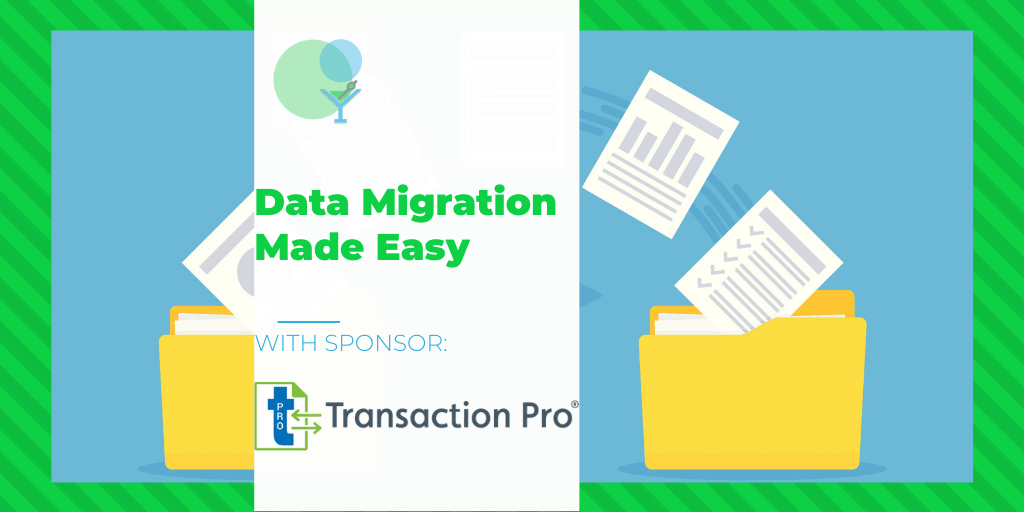Migrating data from one QuickBooks company file to another QuickBooks company file is easy with Transaction Pro, for both the desktop and online versions. Some examples of when data migration is necessary is starting a completely new company due to a buyout or merger, your QuickBooks data file has grown too large or is corrupted, or moving from QuickBooks Desktop to Online or vice versa. No matter the reason, Transaction Pro can help make the process easier.
Before beginning the data migration, it is always best to make a fresh backup of the current QuickBooks company file. You should ensure the data to be imported into the new company file is as clean as possible.
If the data is to be migrated from a QuickBooks Desktop company file, a good starting point is to run the utilities VERIFY DATA and REBUILD DATA. These utilities can be found under the FILE > UTILITIES menu in QuickBooks. If migrating data from a QuickBooks Online company file, this step is not necessary.
Review all the lists in QuickBooks (Vendors, Customer, General Ledger Accounts, Inventory Items, etc.) and set the status of any that are not needed in the new company file inactive. You may use Transaction Pro Importer to make them inactive or use Transaction Pro Deleter to remove them completely if they do not have transactions linked to them. (Remember: with QuickBooks Online, deleting them only makes them inactive.) Next, review your open Accounts Payable and Accounts Receivable and make sure that they are valid and correct any payments that have not been applied correctly.
Now you are ready to export your data using Transaction Pro Exporter. Export all QuickBooks list items and transactions that you need to migrate to the new QuickBooks company. The reports are not necessary to be exported. If the amount of data to export is large, then you may need to export the data in smaller batches such as a year at a time or even month by month. Be sure to use file names for your exported files that allow you to know exactly what the data and date range is that is included in the file.
It is suggested to review your exported data in Excel before proceeding. Additional cleanup of your data may be necessary in Excel before importing. Search for blank lines or blank fields that may cause issues during import. Review the Desktop Data Dictionary or Online Data Dictionary to see what fields are required when importing. Also verify Yes / No or True / False columns to make sure the data is reflected correctly.
Once you have the new QuickBooks company setup and your data to be migrated has been reviewed, you are ready to use Transaction Pro Importer to import your data into the new company file. Be sure to review our Desktop Suggested Order to Import or Online Suggested Order to Import article prior to importing your data into the new company file. Data must be imported in a specific order that follows the same logic as if the data was being manually entered. For example, you must import Invoices before you can import Receive Payments and Bills before Bill Payments.
Review the Transaction Logs for each import and save any Logs that contain errors to address later. You may save all the Transaction Logs if you would prefer, but it is not a requirement. Once the Data Migration is completed, compare a Trial Balance from the original company file to a Trial Balance from the new company file. This step will need to be completed for each year of data that was migrated and any differences researched and corrected.
For more information about Data Migration using Transaction Pro, check out the Data Migration section in our Knowledge Base.
